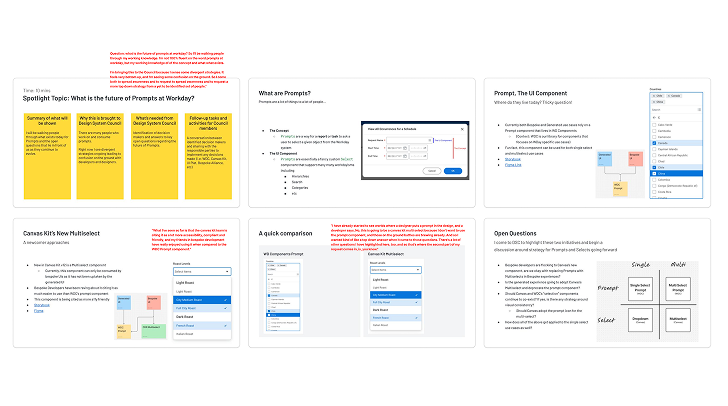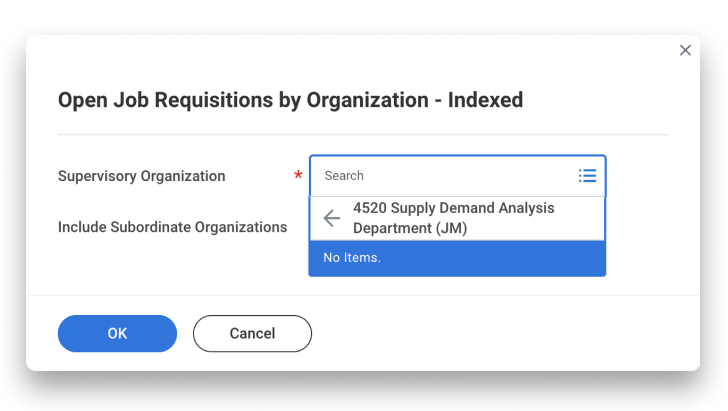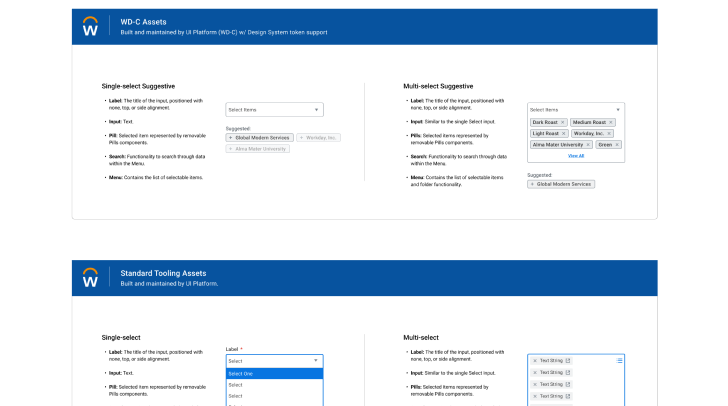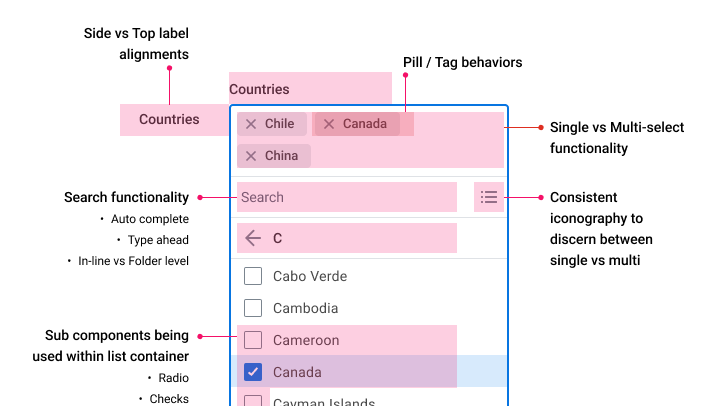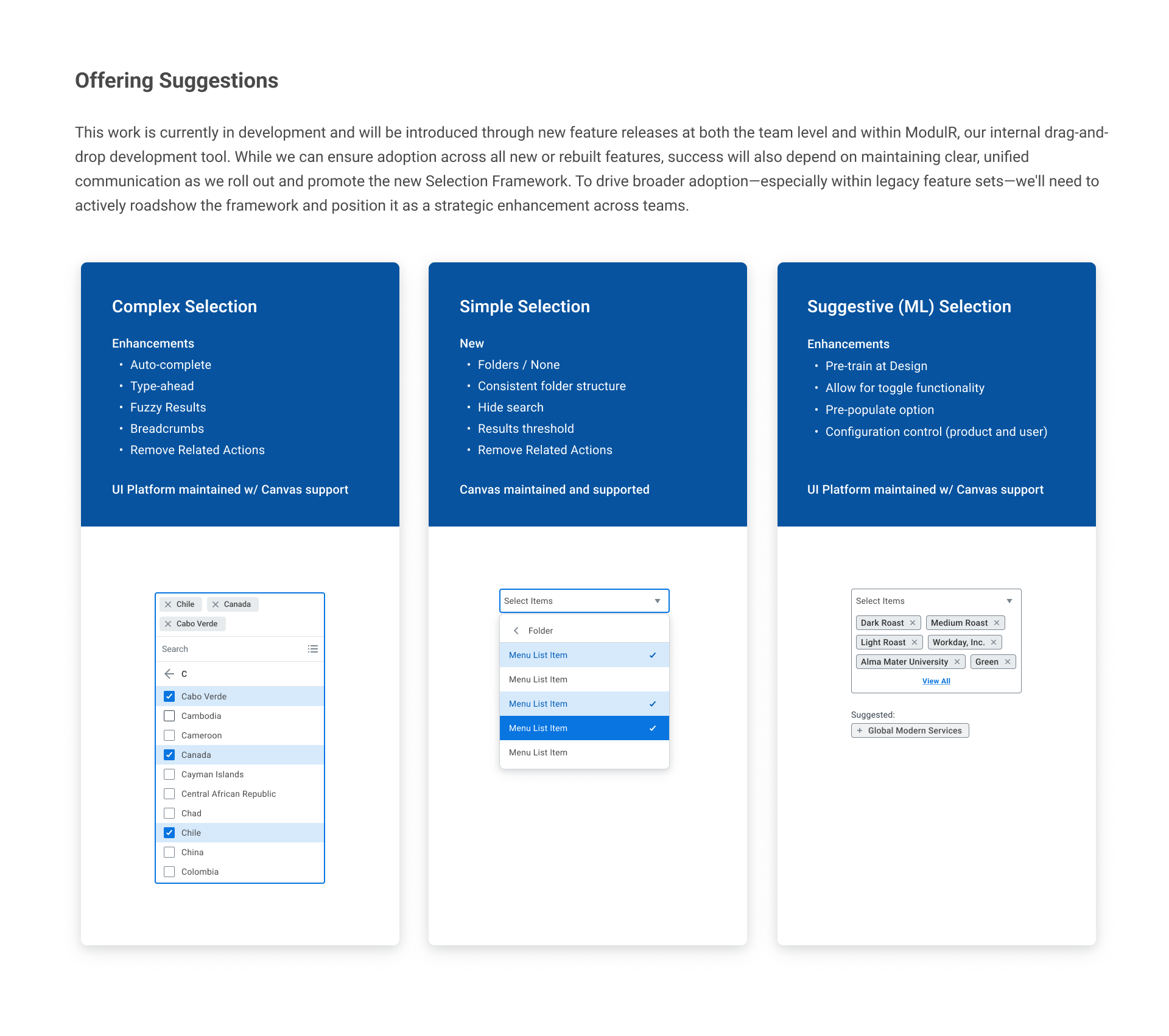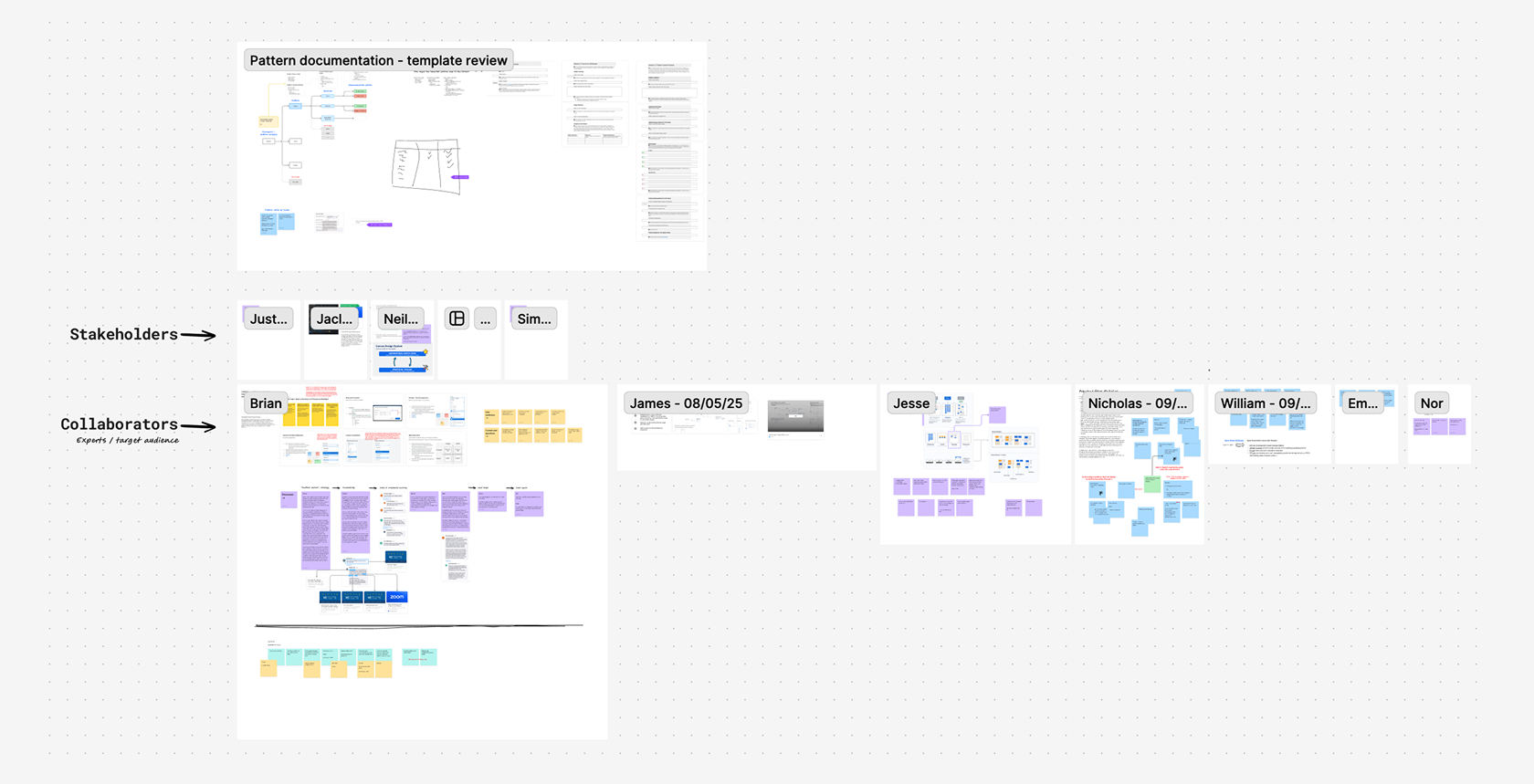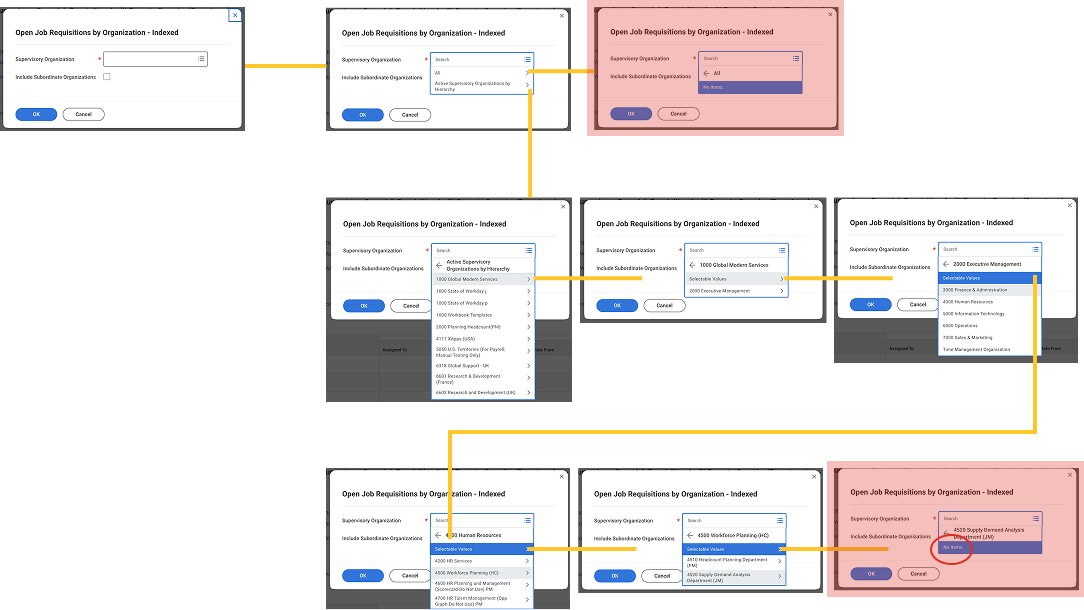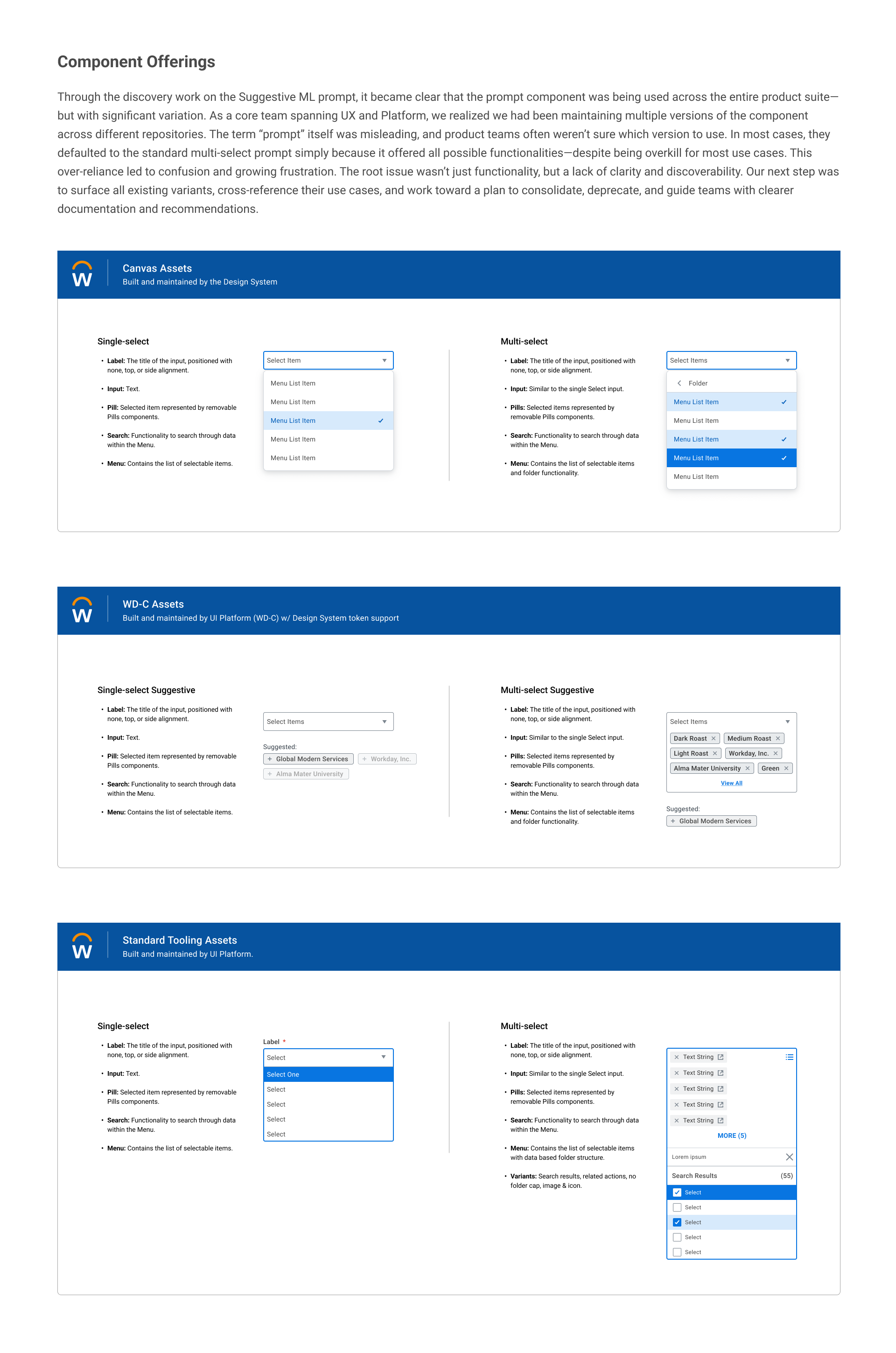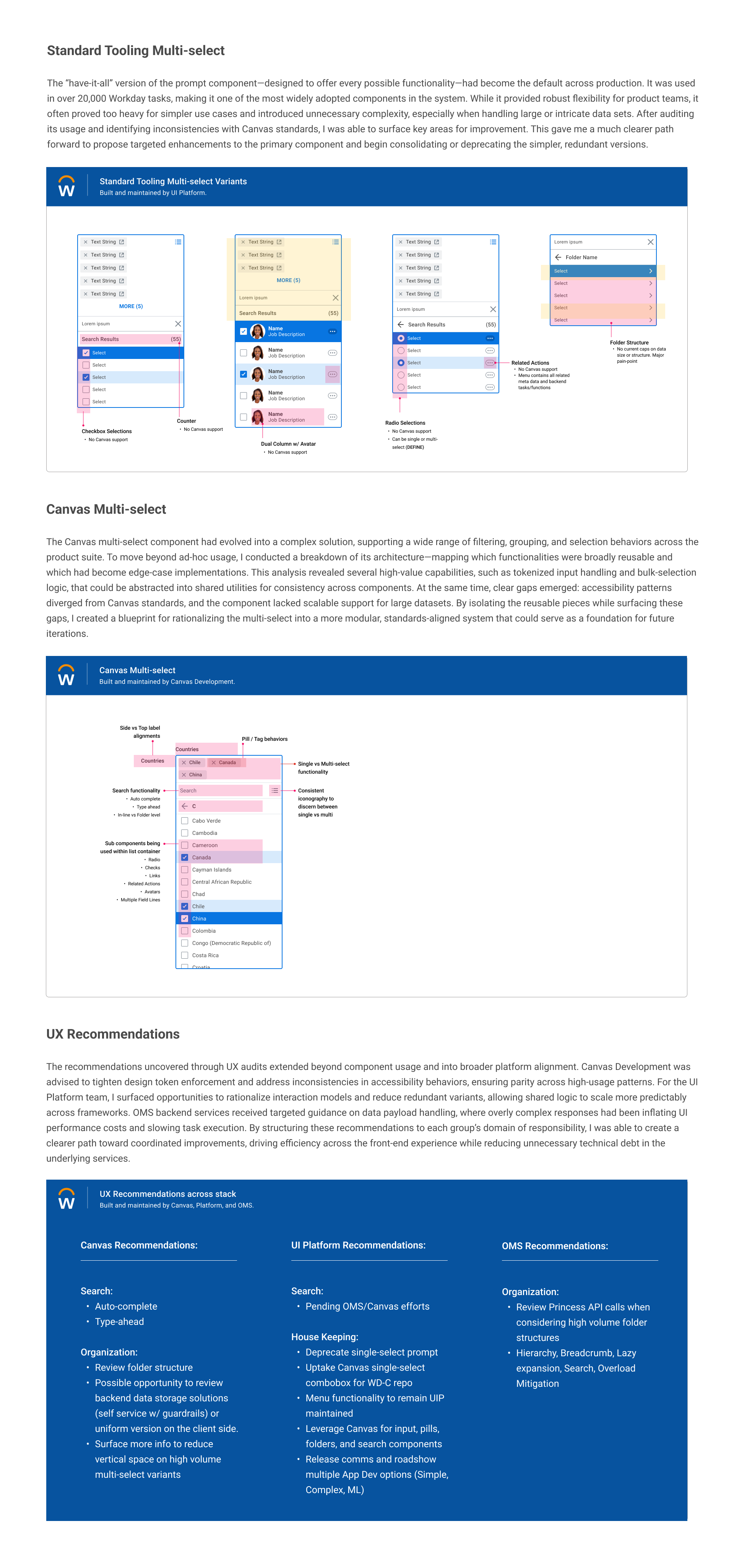Selection Framework
As the lead facilitator, I initiated and guided an idea generation workshop to align UX and Platform teams on needs, use cases, and availability related to the prompt component ecosystem. The goal was to uncover areas where we could consolidate functionality, deprecate redundant code, and increase adoption of Canvas maintained tokens, ultimately streamlining our design and development approach.
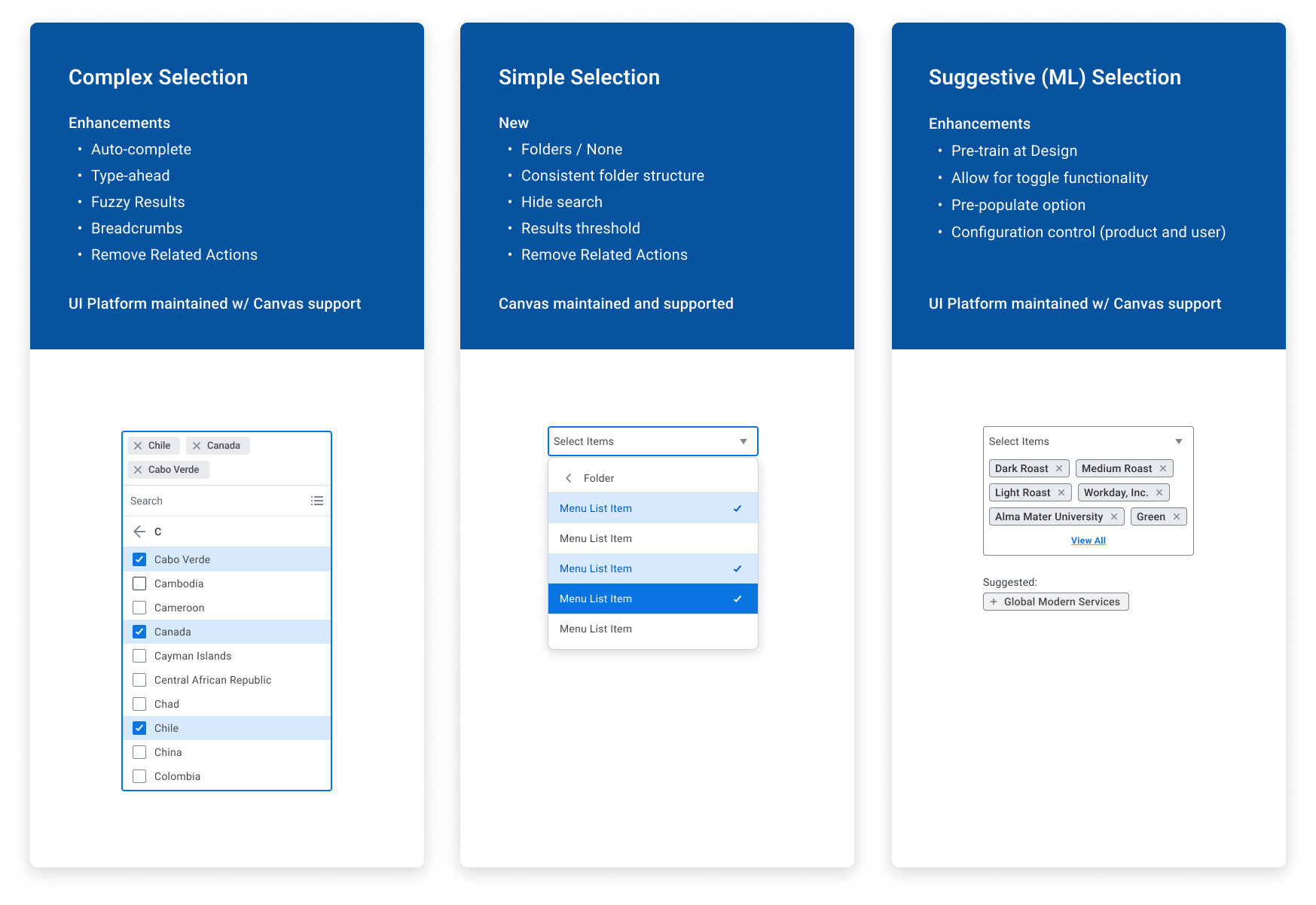
Overview
Prompted by insights from the Suggestive ML Prompt initiative, we identified significant variation in how the prompt component was implemented across the product suite: multiple versions in separate repositories with overlapping yet inconsistent functionality. Many teams defaulted to the most complex, multi‑select version—resulting in overuse and friction. The Selection Framework consolidates these patterns and standardizes usage.
Impact at a Glance
Process
Problem
Teams frequently chose an over-powered multi-select component even when it was unnecessary, leading to friction, inconsistency, and code sprawl across the platform.
- Multiple inconsistent implementations across development.
- Overuse of complex multi-select patterns.
- Lack of clear usage guidance.
- Code duplication and maintenance burden across product.
Approach
A systematic methodology to unify patterns and create a scalable framework that teams could easily adopt and implement consistently. Promote and prototype specific product use cases for a seemless adoption path and zero product downtime.
- Lead and facilitate an idea generation workshop in order to extract needs, wants, and team availability across UX and Platform.
- Expose areas of opportunity to combine functionalities and deprecate redundant code/components while getting as many Canvas maintained tokens into the prompt component as possible.
- Surface a more intuitive way for App Developers to select which component offering they should be utilizing.
- Least disruptive path to product teams and Platform development.
Project Gallery
